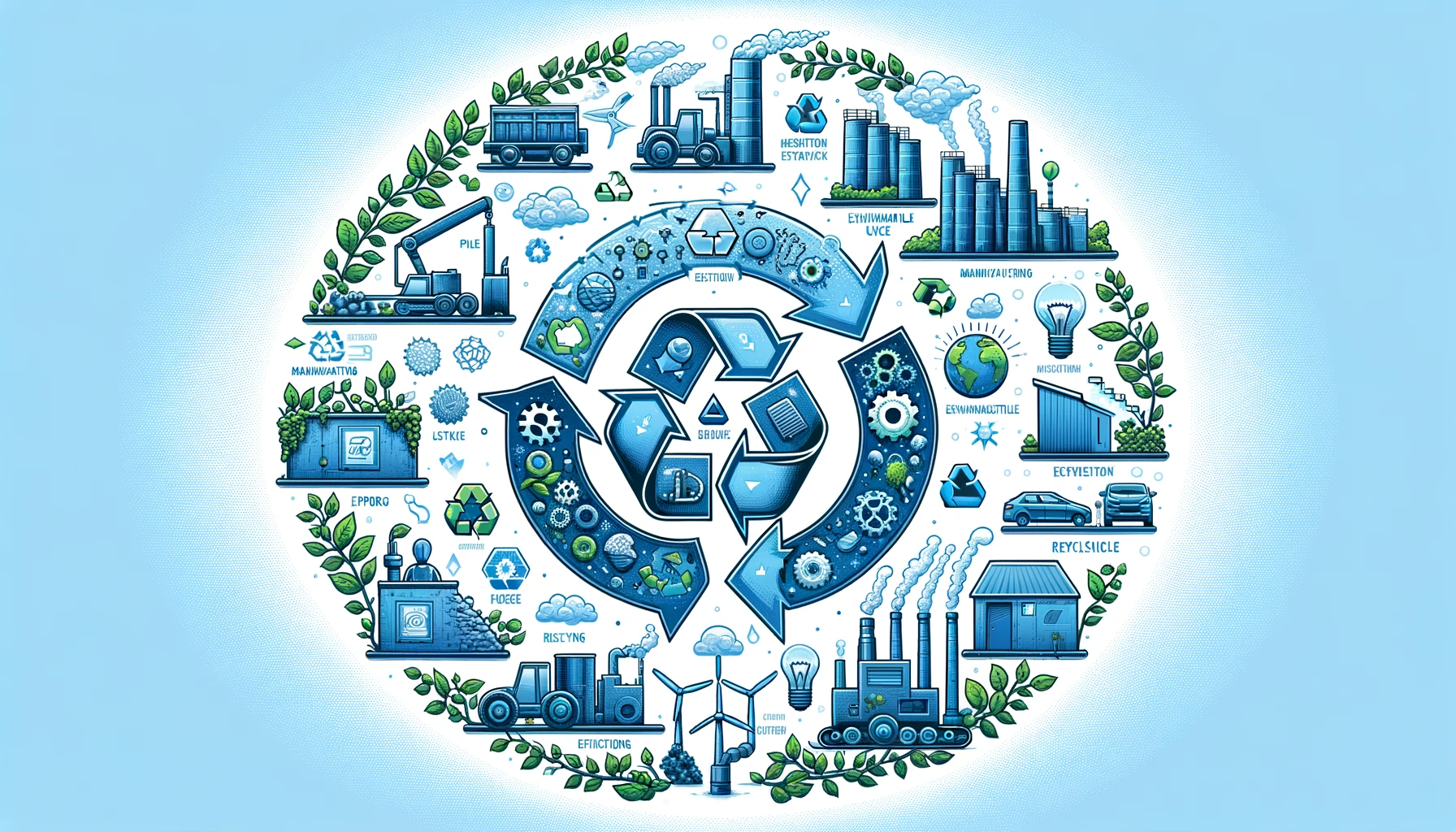The concept of a circular economy is gaining traction as the world grapples with the challenges of climate change and resource depletion. Central to this approach is the Lifecycle Assessment (LCA), a comprehensive method for evaluating the environmental impacts of a product throughout its entire lifecycle. From raw material extraction, manufacturing, and usage, to disposal…
Why Lifecycle Assessment Matters
A product’s carbon footprint, or the total greenhouse gas emissions it is responsible for, is a critical measure of its environmental impact. By quantifying these emissions, businesses and consumers can make more informed choices about the products they manufacture, purchase, and use. Moreover, in the journey towards a climate-neutral circular economy, understanding and minimizing the product carbon footprint (PCF) is essential for all stakeholders.
The Process of Lifecycle Assessment
Conducting an LCA involves a meticulous examination of every stage of a product’s life. This includes the procurement and processing of raw materials, production, operational efficiency, and the end-of-life management of the product. For instance, if a product contains metal parts, the LCA would consider not only the manufacturing process but also the environmental impact of mining, refining, and transporting those metals.
To streamline this complex process, products are often categorized into classes based on their type and function. This classification allows for the application of mathematical models to accurately estimate the PCF for a wide range of products without the need to assess each individually. Such an approach enables companies to provide reliable environmental data quickly, aiding in the decision-making process for both suppliers and customers.
Challenges in Supply Chain Transparency
One of the significant hurdles in accurately assessing a product’s PCF is obtaining reliable data from the supply chain. Many products rely on components from various suppliers, each contributing to the overall climate footprint. The complexity and lack of transparency in supply chains can make it difficult to accurately estimate the environmental impact of these components.
To address this issue, initiatives aimed at improving the exchange of reliable PCF data among industrial companies are emerging. These networks facilitate the sharing of verified data, ensuring that the information used in LCAs is both trustworthy and comprehensive. This collaborative approach not only enhances the accuracy of LCAs but also promotes sustainability across the supply chain.
The Path Forward
As we advance towards a more sustainable future, the role of lifecycle assessment in understanding and minimizing the environmental impact of products cannot be overstated. By embracing LCA methodologies, companies can contribute to the development of a circular economy that prioritizes resource efficiency and climate neutrality. Consumers, armed with transparent and accurate information, can make choices that align with their environmental values, driving demand for more sustainable products.
In Conclusion
The adoption of lifecycle assessments is a critical step in our collective journey towards sustainability. By providing a clear picture of a product’s environmental footprint, LCAs empower all stakeholders to make informed decisions that reduce ecological impacts and promote a healthier planet for future generations.
References:
